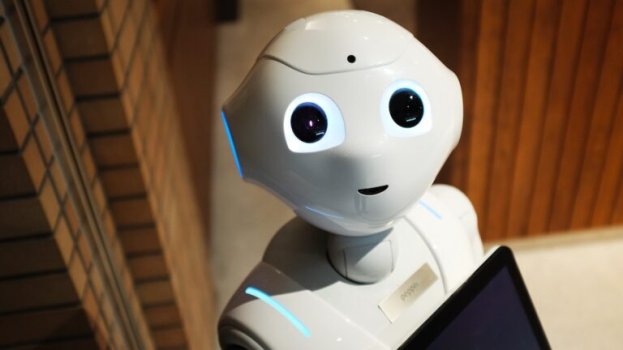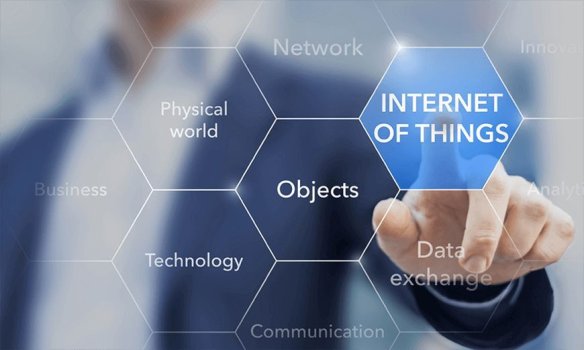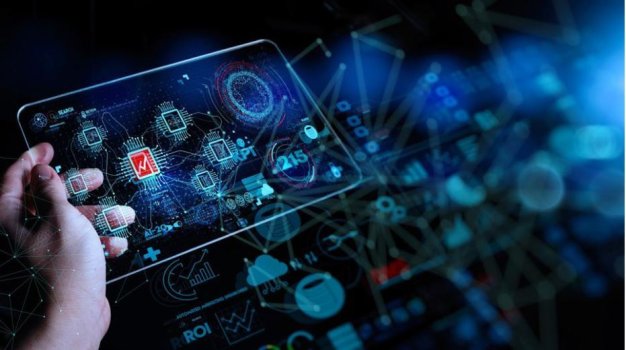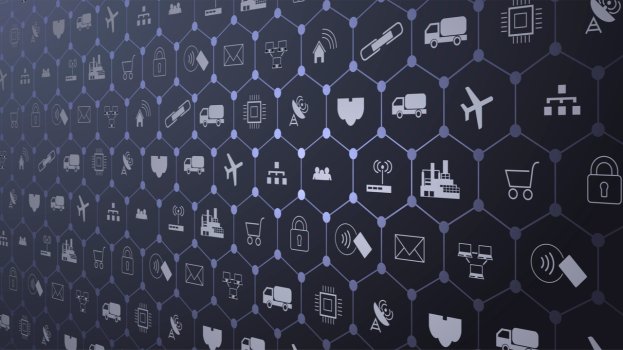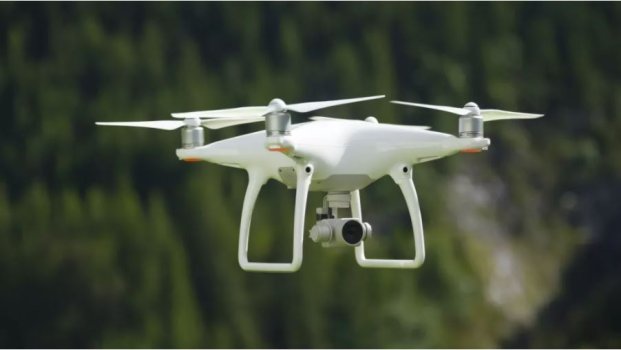How to Expand Blockchain Beyond Fintech and Into Factories
- Technology Solutions
- 0 Replies
Blockchain has already improved companies’ ability to track the movement of goods. But what if we use it to track how people experience work? That could unlock an entirely different perspective on global supply chain dynamics. It’s now easy to envision a more efficient future in logistics through emerging decentralized technologies that help improve procurement practices and enable businesses to increase transparency about where products were manufactured, how they were delivered and under what conditions.
Allison Price is a senior adviser to the Digital Impact and Governance Initiative at New America. This op-ed is part of CoinDesk’s “Policy Week,” a forum for discussing how regulators are reckoning with crypto (and vice versa).
There are potential upsides for businesses, workers and consumers. But it’s equally important to also weigh the challenges and potential impacts. A healthy balance must be struck between the creative dreamers envisioning a beautiful decentralized future and the question-asking pragmatists who are responsible for effectuating it safely. Thoughtful, inclusive debate is the key to forging a more equitable future supported by technology companies, governments and communities designing together.
Continue reading: https://www.nasdaq.com/articles/how-to-expand-blockchain-beyond-fintech-and-into-factories-2021-10-24
Allison Price is a senior adviser to the Digital Impact and Governance Initiative at New America. This op-ed is part of CoinDesk’s “Policy Week,” a forum for discussing how regulators are reckoning with crypto (and vice versa).
There are potential upsides for businesses, workers and consumers. But it’s equally important to also weigh the challenges and potential impacts. A healthy balance must be struck between the creative dreamers envisioning a beautiful decentralized future and the question-asking pragmatists who are responsible for effectuating it safely. Thoughtful, inclusive debate is the key to forging a more equitable future supported by technology companies, governments and communities designing together.
Continue reading: https://www.nasdaq.com/articles/how-to-expand-blockchain-beyond-fintech-and-into-factories-2021-10-24



